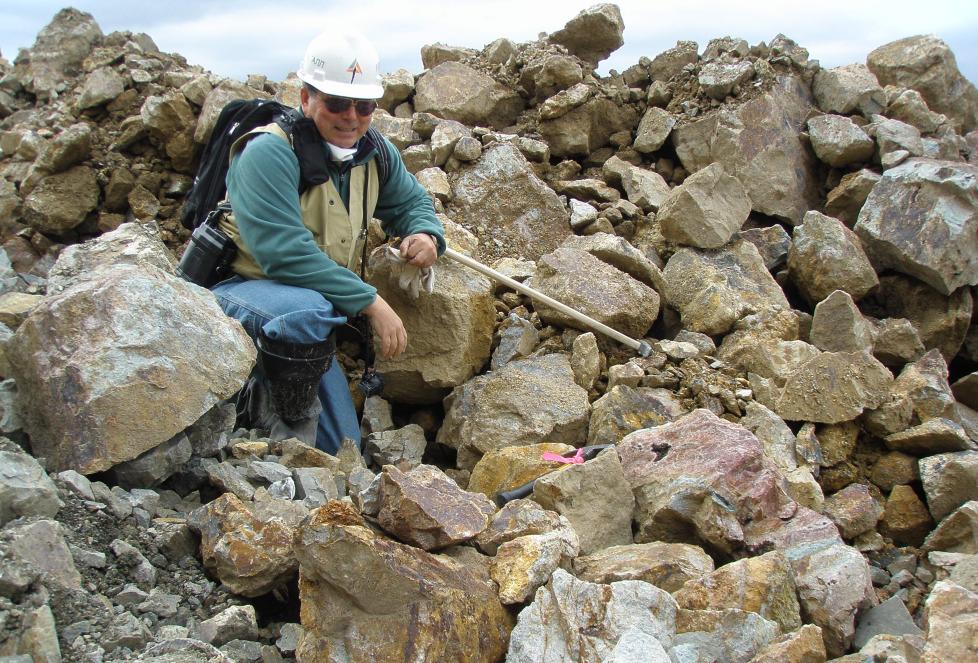





- Events
- Things to Do
- Places to Stay
- Restaurants and Shopping
- Planning Tools
- Explore the Area
-
Industry Professionals
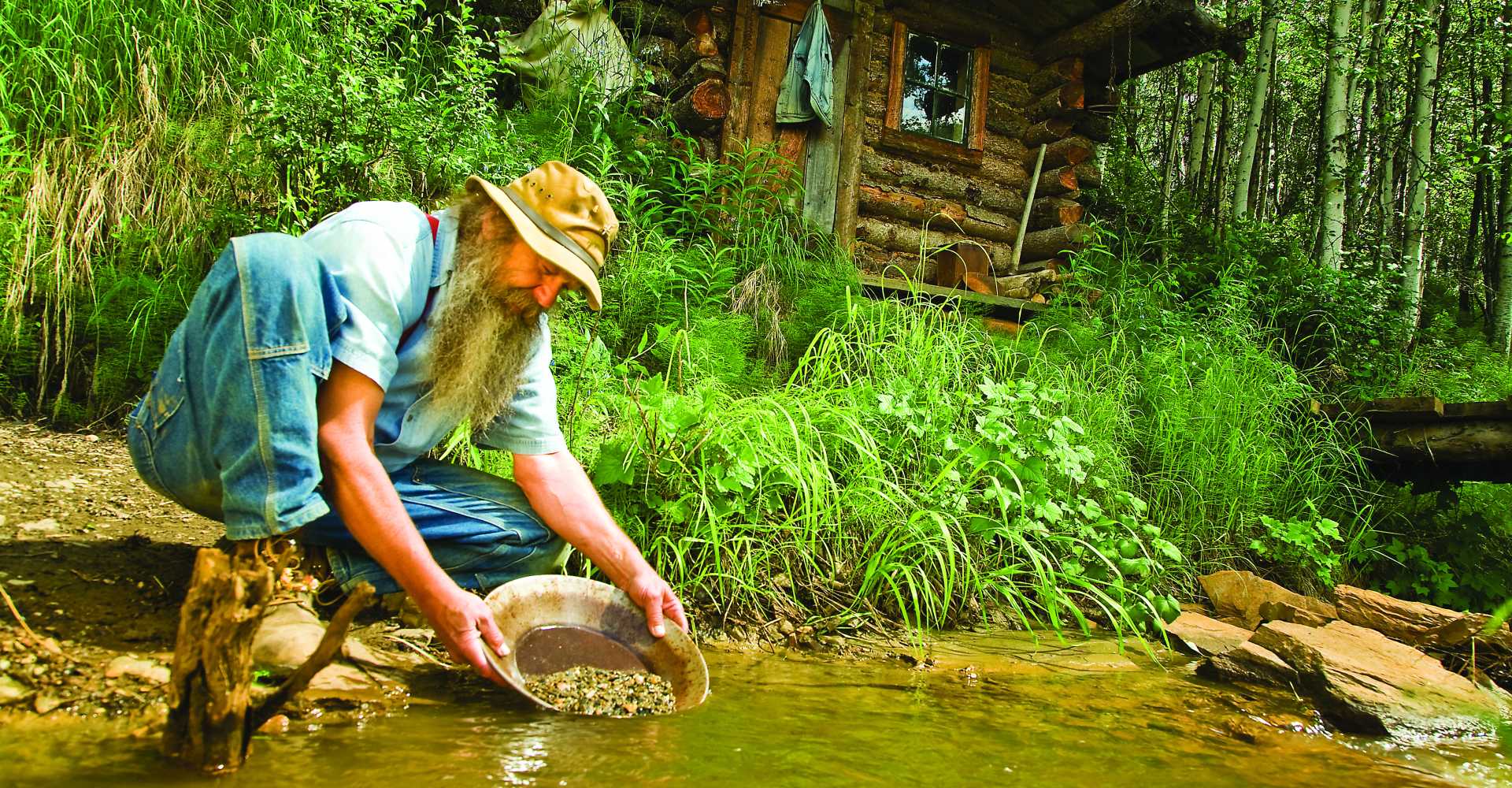
Gold Rush History
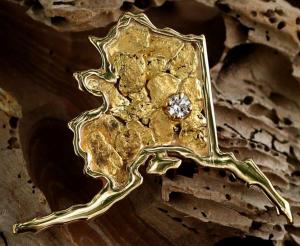 In 1902 that proverbial pot of gold was found in Fairbanks by Italian immigrant Felix Pedro. The gold strike prompted riverboat Captain E.T. Barnette to build a trading post on the banks of the Chena River and the gold rush to Fairbanks was on. Today, visitor attractions and fun-filled events celebrate the historic quest for gold. Discover one of the many reasons Fairbanks is called the “Golden Heart City.”
In 1902 that proverbial pot of gold was found in Fairbanks by Italian immigrant Felix Pedro. The gold strike prompted riverboat Captain E.T. Barnette to build a trading post on the banks of the Chena River and the gold rush to Fairbanks was on. Today, visitor attractions and fun-filled events celebrate the historic quest for gold. Discover one of the many reasons Fairbanks is called the “Golden Heart City.”
Although Fairbanks has evolved over the last century it continues to embrace its colorful gold rush roots and still has operating gold mines to this day. See the largest public display of gold in the state at the university’s museum. Visit the Pedro Monument or try your hand at gold panning. Find that perfect gold nugget souvenir to take back home.
Yukon-Charley Rivers National Preserve
 The captivating Yukon-Charley Rivers National Preserve is more than 2.5 million acres and encompasses the two gold-rush towns of Eagle and Circle. At the turn of the century thousands of optimistic miners searching for that spellbinding yet elusive glimmer of gold traveled the Yukon River staking claims along the way. The preserve runs along the Canadian border where Gold seekers looking for new territory came up from Dawson City in the Yukon Territory to try their luck in Alaska. One reason the Yukon-Charley Rivers National Preserve was designated is to protect, preserve and interpret the gold rush heritage found along the river ways. Tell-tale signs of the gold rush legacy include log cabins, sluice boxes, gold dredges and tailings, mining camps and road houses.
The captivating Yukon-Charley Rivers National Preserve is more than 2.5 million acres and encompasses the two gold-rush towns of Eagle and Circle. At the turn of the century thousands of optimistic miners searching for that spellbinding yet elusive glimmer of gold traveled the Yukon River staking claims along the way. The preserve runs along the Canadian border where Gold seekers looking for new territory came up from Dawson City in the Yukon Territory to try their luck in Alaska. One reason the Yukon-Charley Rivers National Preserve was designated is to protect, preserve and interpret the gold rush heritage found along the river ways. Tell-tale signs of the gold rush legacy include log cabins, sluice boxes, gold dredges and tailings, mining camps and road houses.
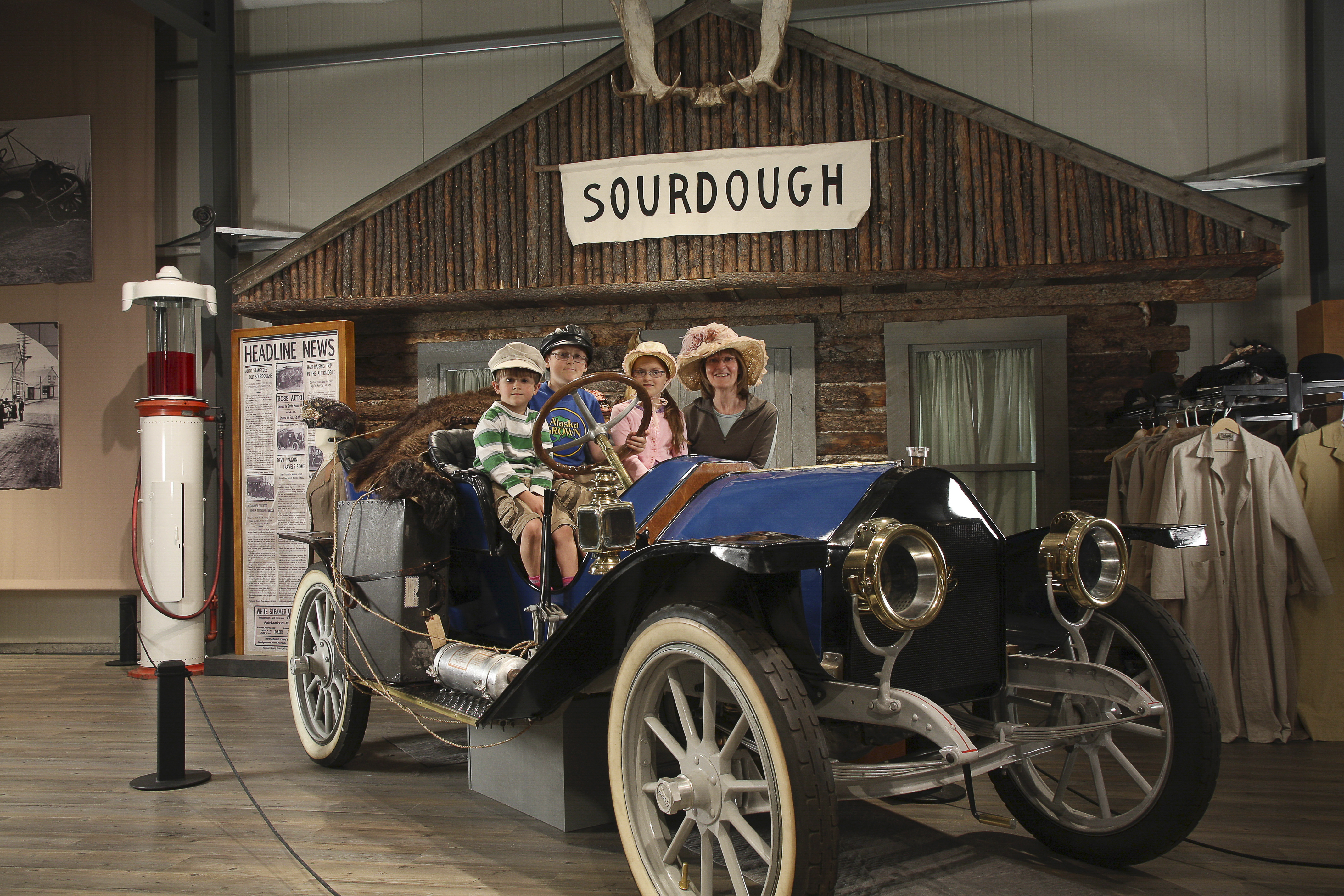 Fountainhead Antique Auto Museum
Fountainhead Antique Auto Museum
What do the Argo Limousine, the McFarlan Type 125 and the Heine-Velox Victoria automobile all have in common? They are all part of Fountainhead Antique Auto Museum’s incredible 85-plus vehicle collection showcasing the best of America’s automotive history prior to World War II. Several of Alaska's earliest cars are also on display, including Alaska’s first automobile built in 1905 by a man who had never seen a car.
Most of the vehicles date to Fairbanks’ gold rush era and as a result, vintage clothing and other exhibitions have been paired up with the automobiles giving visitors a portal into the past. The Valdez-Fairbanks trail that was followed by gold seekers in 1902 as they headed to Fairbanks for the big gold strike is featured in a popular display. Dress up in vintage fashions, climb into an antique automobile and have your photo taken using your own camera in front of a replica of the original Sourdough Roadhouse that was once situated along the Valdez-Fairbanks gold rush trail.

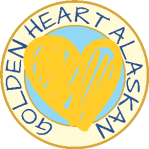

Over time, the Fairbanks mining district became Alaska’s largest producer of gold, earning it the title “America’s Klondike.” 15.4 million ounces of gold, or about one third of all the gold recovered in Alaska, were won from mineral deposits within 25 miles of Fairbanks. Beginning in the 1920s, the renowned USSR&M Company built a fleet of eight bucketline stacker dredges to mine the Fairbanks area. From 1928 to 1965, the USSR&M Company dredges produced 4.2 million ounces of gold, about equal to that won earlier by gold rush era miners. Large-scale mining development resumed with the startup of the Fort Knox mine in 1996, and through the end of 2016, more than 6 million ounces of gold has been produced there by mine operator Kinross Gold Corporation. Smaller-scale gold miners still mine gold in the area.
101 Dunkel Street, Suite 111
Fairbanks, AK 99701-4806
Telephone: (907) 456-5774
Visitor Guide Request: 1-800-327-5774
Email: info@explorefairbanks.com
About Explore Fairbanks
Visitor & Winter Guides


